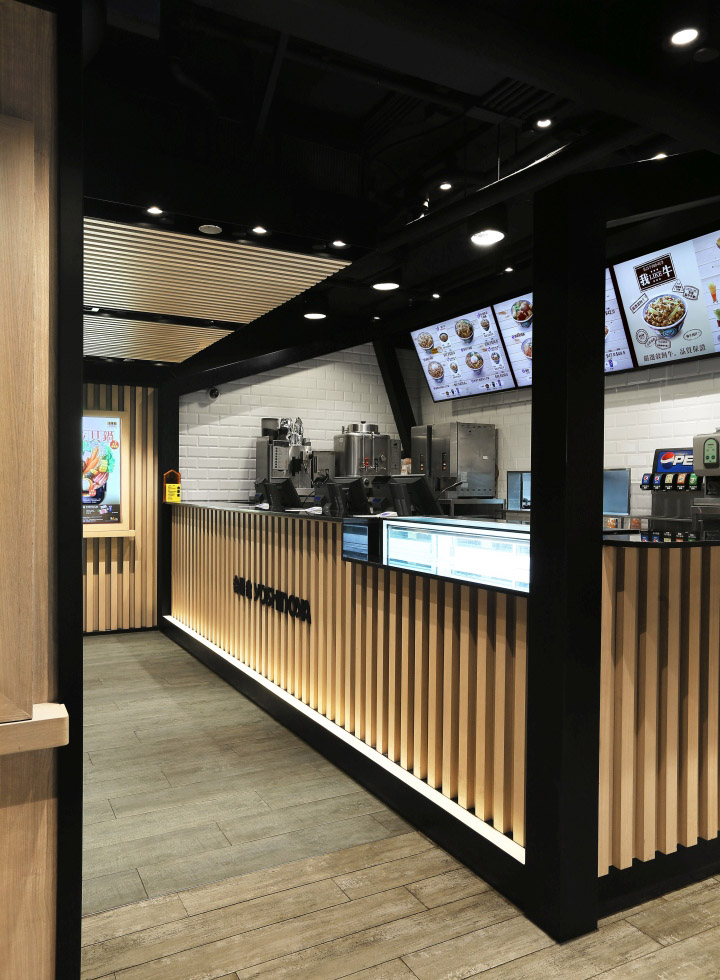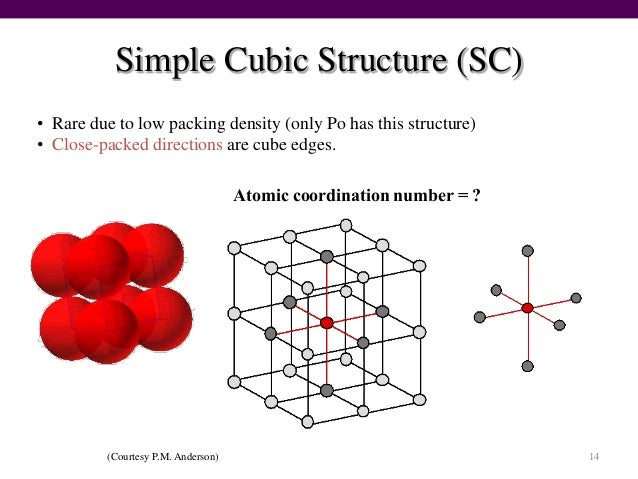Coordination Number Of Bcc
- Coordination Number Of Bcc Crystal
- Coordination Number Of Bcc 111 Plane
- Body Centered Cubic Coordination Number
- Coordination Number Of Bcc
- How To Find Coordination Number
| < Previous question | Next question > |
The face- centered cubic (FCC) has a coordination number of 12 and contains 4 atoms per unit cell. The body - centered cubic (bcc) has a coordination number of 8 and contains 2 atoms per unit cell. The simple cubic has a coordination number of 6 and contains 1 atoms per unit cell. With more than 80 years of service and 8 million members across Illinois, you can trust Blue Cross and Blue Shield. Our Medicaid plan offers a comprehensive benefit package including medical, prescription, vision and dental services. 1) The coordination number of each type of ion in CsCl crystal is 8. 2) A metal that crystallizes in BCC structure has coordination number equal to 12. 3) A unit cell of an ionic crystal shares some of its ions with other unit cells. 4) The length of unit cell in NaCl is 552 pm. r Na + = 95 pm and r Cl- =181 pm.
1) The coordination number of a metal crystallizing in a hexagonal close-packed structure is:
(IIT JEE 2000)
The coordination number of atoms in bcc crystal lattice is. Choose the most correct answer. The coordination number of atoms in bcc crystal lattice is. Advertisement Remove all ads. Solution Show Solution. The coordination number of each atom in the structure is 8: the central cation is coordinated to 8 anions on the corners of a cube as shown, and similarly, the central anion is coordinated to 8 cations on the corners of a cube.
a) 12
b) 4
c) 8
d) 6
Logic and Solution:
In three dimensional hexagonal close packing of crystals, the two dimensional hcp layers are arranged in ABAB........ pattern as shown below. The atoms in A layers are exactly above (or below) one type of the trigonal voids in B layer.
The central atom in B layer is immediately surrounded by 12 atoms i.e., 6 in layer B and 3 each in two A layers.
Conclusion:
The correct option is 'a'.
Extra information:
In Cubic Close Packing (ccp or fcc) also the coordination number if 12. In this case the two dimensional hcp layers are arranged in ABCABC....... pattern as shown below. The atoms in layer C are arranged below second type of trigonal voids of layer B. However, the number of nearest atoms around the central atom in B layer is same i.e., 12.
Related questions
2) Which of the following statements is (are) correct?
(IIT JEE 1998)
1) The coordination number of each type of ion in CsCl crystal is 8.
2) A metal that crystallizes in BCC structure has coordination number equal to 12.
3) A unit cell of an ionic crystal shares some of its ions with other unit cells.
4) The length of unit cell in NaCl is 552 pm. [ rNa+ = 95 pm and rCl-=181 pm]
Solution:

Option-1:

CsCl crystal structure along with coordination is show below. The Cs+ ion is surrounded by 8 Cl- ions at the corners of unit cell. It is also clearly shown in the extended unit cells that the Cl- ion is also surrounded by 8 Cs+ ions. Therefore option '1' is correct.
Option-2:
BCC structure of metals is shown below. The metal atom at the center of the body is surrounded by 8 metal atoms that are at the corners of the cube. Hence option '2' is incorrect.
Option-3:
Every unit cell shares some of its atoms/ions with other unit cells. So option '3' is correct.
Option-4:
Unit cell of NaCl is shown below. The Cl- ions are arranged at the corners as well as at the centers of the faces, while the Na+ ions occupy the centers of the edges along with a position at the body center.
The Na+ and Cl- ions are touching each other along the edge of the unit cell.
Hence the edge length = (2rNa+) + (2rCl-) = (2 x 95) + (2 x 181) = 552 pm.
Therefore option '4' is also correct.
Conclusion:
The correct answer is: option '3'.
Coordination Number Of Bcc Crystal
Homework
1)
| < Previous question | Next question > |
The term 'closest packed structures' refers to the most tightly packed or space-efficient composition of crystal structures (lattices). Imagine an atom in a crystal lattice as a sphere. While cubes may easily be stacked to fill up all empty space, unfilled space will always exist in the packing of spheres. To maximize the efficiency of packing and minimize the volume of unfilled space, the spheres must be arranged as close as possible to each other. These arrangements are called closest packed structures.
+crystal+structure%2C+an+atom+is+on+each+corner+and+one+atom+(blue+atom)+is+in+the+center+of+the+unit+cell.+What+is+the+coordination+number+for+each+atom.jpg)
The packing of spheres can describe the solid structures of crystals. In a crystal structure, the centers of atoms, ions, or molecules lie on the lattice points. Atoms are assumed to be spherical to explain the bonding and structures of metallic crystals. These spherical particles can be packed into different arrangements. In closest packed structures, the arrangement of the spheres are densely packed in order to take up the greatest amount of space possible.
Types of Holes From Close-Packing of Spheres
When a single layer of spheres is arranged into the shape of a hexagon, gaps are left uncovered. The hole formed between three spheres is called a trigonal hole because it resembles a triangle. In the example below, two out of the the six trigonal holes have been highlighted green.

Once the first layer of spheres is laid down, a second layer may be placed on top of it. The second layer of spheres may be placed to cover the trigonal holes from the first layer. Holes now exist between the first layer (the orange spheres) and the second (the lime spheres), but this time the holes are different. The triangular-shaped hole created over a orange sphere from the first layer is known as a tetrahedral hole. A hole from the second layer that also falls directly over a hole in the first layer is called an octahedral hole.
Closest Pack Crystal Structures
Hexagonal Closest Packed (HCP)
Coordination Number Of Bcc 111 Plane
In a hexagonal closest packed structure, the third layer has the same arrangement of spheres as the first layer and covers all the tetrahedral holes. Since the structure repeats itself after every two layers, the stacking for hcp may be described as 'a-b-a-b-a-b.' The atoms in a hexagonal closest packed structure efficiently occupy 74% of space while 26% is empty space.
Body Centered Cubic Coordination Number
Cubic Closest Packed (CCP)
Coordination Number Of Bcc
The arrangement in a cubic closest packing also efficiently fills up 74% of space. Similar to hexagonal closest packing, the second layer of spheres is placed on to of half of the depressions of the first layer. The third layer is completely different than that first two layers and is stacked in the depressions of the second layer, thus covering all of the octahedral holes. The spheres in the third layer are not in line with those in layer A, and the structure does not repeat until a fourth layer is added. The fourth layer is the same as the first layer, so the arrangement of layers is 'a-b-c-a-b-c.'
Coordination Number and Number of Atoms Per Unit Cell
A unit cell is the smallest representation of an entire crystal. All crystal lattices are built of repeating unit cells. In a unit cell, an atom's coordination number is the number of atoms it is touching.
How To Find Coordination Number
- The hexagonal closest packed (hcp) has a coordination number of 12 and contains 6 atoms per unit cell.
- The face-centered cubic (fcc) has a coordination number of 12 and contains 4 atoms per unit cell.
- The body-centered cubic (bcc) has a coordination number of 8 and contains 2 atoms per unit cell.
- The simple cubic has a coordination number of 6 and contains 1 atom per unit cell.
| Unit Cell | Coordination Number | # of Atoms Per Unit Cell | % space |
|---|---|---|---|
Simple Unit Cell | 6 | 1 | 52% |
Body-Centered Cubic | 8 | 2 | 68% |
Face-centered Cubic | 12 | 4 | 74.04% |
Cubic Closest Packed | 12 | 4 | 74.04% |
Hexagonal Closest Packed | 12 | 6* (2) see note below | 74.04% |
Note
*For the hexagonal close-packed structure the derivation is similar. Here the unit cell consist of three primitive unit cells is a hexagonal prism containing six atoms (if the particles in the crystal are atoms). Indeed, three are the atoms in the middle layer (inside the prism); in addition, for the top and bottom layers (on the bases of the prism), the central atom is shared with the adjacent cell, and each of the six atoms at the vertices is shared with other five adjacent cells. So the total number of atoms in the cell is 3 + (1/2)×2 + (1/6)×6×2 = 6, however this results in 2 per primitive unit cell.
References
- Conway, J. H. and Sloane, N. J. A. Sphere Packings, Lattices, and Groups, 2nd ed. New York: Springer-Verlag, 1993.
- Krishna, P. and Verma, A. R. Closed Packed Structures, Chester, UK: International Union of Crystallography, 1981.
- Petrucci, Ralph H., William S. Harwood, F. Geoffrey Herring, and Jeffry D. Madura. 'Crystal Structures' General Chemistry: Principles & Modern Applications, ninth Edition. New Jersey: Pearson Education, Inc., 2007. 501-508.
Contributors and Attributions
- Brittanie Harbick, Laura Suh, Jenny Fong
